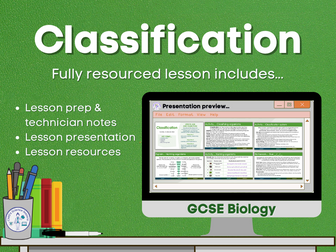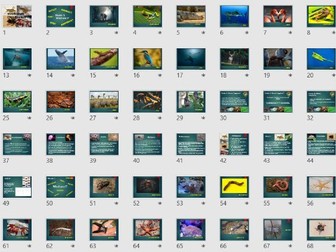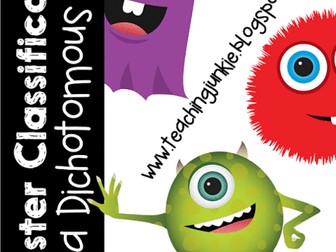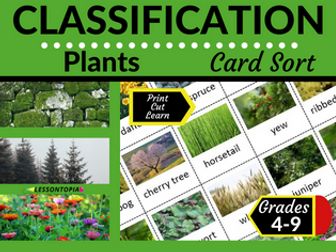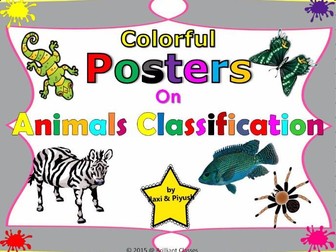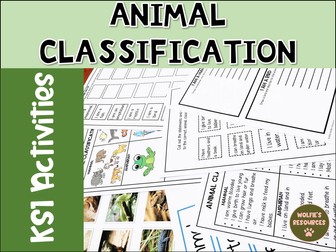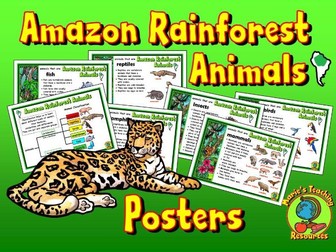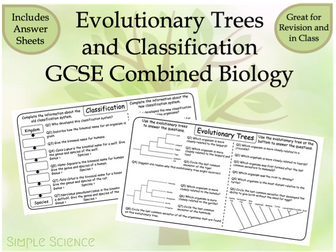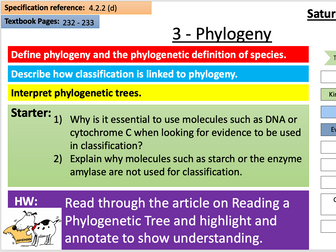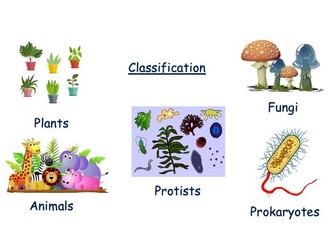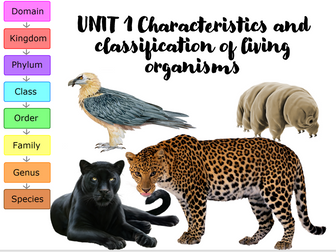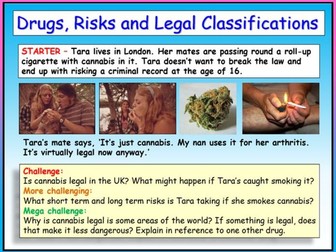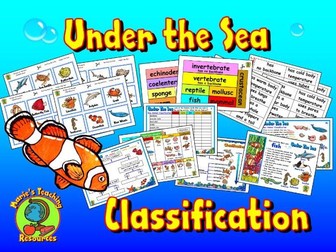
Classification
Classification is a comprehensive lesson designed to help GCSE students develop their understanding of the importance of classification and the key features of the Linnaean system through engaging activities and differentiated instruction.
This lesson is the 9th in a series of lessons and covers the content from the AQA 4.6.4. Classification lesson (B6 Inheritance, variation, and evolution unit), and AQA GCSE Biology OUP Scheme B15.9 Classification lesson (B15 Genetics and evolution chapter).
The lesson includes all necessary resources, making it easy to implement in your classroom and the lesson’s text is adaptable, allowing you to adjust the duration and depth of the activities based on your students’ progress and time constraints.
Presentation contains (37 slides):
● Lesson Prep and Technician Notes: Guidance notes for teachers to prepare the lesson and technician instructions.
● Bell Work / Do Now Activity: Engaging task to activate student prior knowledge and set the stage for the lesson.
● Clear Lesson Aim, Objectives & Success Criteria: Explicitly defined learning targets to guide students and measure their understanding.
● Discussion Slides: Thought-provoking prompts and questions to introduce the topic.
● Information Slides with Levelled Content: Varied levels of information catering to diverse learning styles and abilities.
● Differentiated Activities (Group Work): Collaborative tasks in small groups to encourage active participation and enhance learning.
● Differentiated Questions with Answers: Comprehensive questions with accompanying solutions for self-assessment and note-taking.
● Student Worksheets/Handouts: Printable materials for students to complete and gather notes.
● Homework Activities: Varied homework tasks to cater to individual needs and promote independent learning.
Aimed at a mixed ability class covering content Grades 1-9, with three levels of demand to accommodate different learning styles and levels:
● Level 1: Low demand
● Level 2: Standard demand
● Level 3: High demand
If you require more assistance, please contact me at-
info@cmgsciencelessons.com
